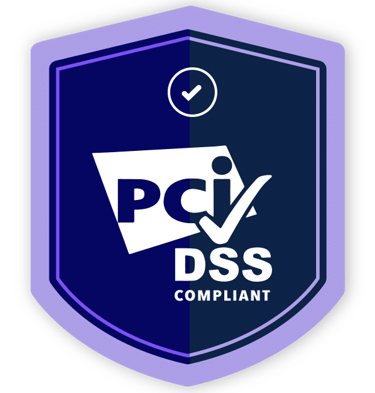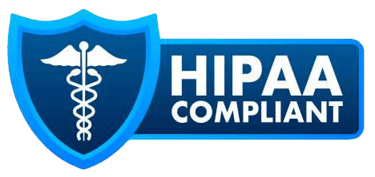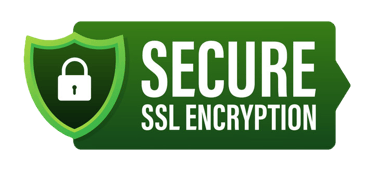How to Train Field Clinicians for Accurate Home Health OASIS‑E Assessments
Step‑by‑step guide to build an agency‑wide OASIS‑E training program that meets Medicare CoPs, boosts PDGM & HHVBP performance, and improves patient outcomes.


Why OASIS‑E Accuracy Matters
Accurate OASIS‑E assessments are mission‑critical for HHAs because they:
Meet Medicare CoPs (e.g., §484.55 Comprehensive Assessment) and support compliance across §484.60 (Plan of Care), §484.65 (QAPI), and §484.75 (Skilled Professional Services).
Drive payment and resource planning under PDGM through functional impairment scoring and comorbidity adjustments.
Power Home Health Value‑Based Purchasing (HHVBP) performance, impacting reimbursement and publicly reported quality scores.
Benchmark patient safety and outcomes (e.g., hospitalizations, falls, wound healing).
Mitigate survey risk by demonstrating consistent, documented, and data‑driven training and competency.
Regulatory Framework: Anchor Your Training to the CoPs
Design your training to explicitly map to:
§484.55 – Comprehensive Assessment of Patients: Ensures clinicians complete an accurate, timely OASIS‑E at each required timepoint.
§484.60 – Care Planning, Coordination of Services: Ensures that accurate OASIS‑E findings flow into a clinically appropriate, measurable plan of care.
§484.65 – QAPI: Requires ongoing, data‑driven monitoring and improvement of OASIS accuracy and its impact on outcomes.
§484.75 – Skilled Professional Services: Requires competent professionals providing and overseeing care.
Core References to Teach Clinicians:
CMS OASIS‑E Guidance Manual (current version)
CMS Q&As and quarterly updates
State‑specific surveyor guidance, if applicable
Build a Structured OASIS‑E Training Program
A best‑in‑class program is multi‑modal, competency‑based, and documented.
1) Governance & Leadership
Assign an OASIS Program Lead (often the Clinical Educator, DON, or QAPI Coordinator).
Establish an OASIS Accuracy Workgroup (clinical, QA, coding/HIM, therapy, IT/EHR rep).
Define policies for onboarding, annual updates, IRR frequency, and corrective action.
2) Training Cadence
Onboarding: Intensive OASIS‑E boot camp within first 30 days of hire.
Annual Competency: Refresher plus testing (written + case‑based scenarios + IRR sample scoring).
Trigger‑Based Training: After CMS guidance changes, audit outliers, or identified PIPs.
3) Adult‑Learning Modalities
Interactive case studies and live scoring labs
Ride‑alongs / joint visits with preceptors
E‑learning micro‑modules & knowledge checks
Tabletop scenarios aligned with local risks (e.g., high wound prevalence)
What Your Curriculum Must Cover (Content Blueprint)
Train to the OASIS conventions first, then dive deep into item‑level scoring.
A. OASIS‑E Timepoints
SOC (Start of Care), ROC (Resumption of Care), Recertification, Transfer, Discharge, Death at Home
Teach which items are collected at which timepoint and deadlines for completion/transmission.
B. Conventions & Guidance Principles
Skip patterns, look‑back periods, use of “Patient’s usual performance” vs. “best/worst performance”
Definitions of “clinician observed” vs. patient/caregiver report
Handling conflicting data in the chart vs. interview vs. observation
C. Section GG: Functional Abilities & Goals
Scoring rubric (06 = Independent to 01 = Dependent; “07/09/10/88” use cases)
Using standardized performance assessment (not just narrative observation)
Teaching consistent scoring language across nursing and therapy
Embed OASIS‑E Into QAPI & Performance Improvement ProjectsUnder §484.65, your QAPI must be agency‑wide, data‑driven, and show sustained improvement.
How to operationalize:
Choose indicators: % GG scoring variance, % M1033 accuracy, PDGM functional level error rate, # OASIS corrections per 100 episodes.
Launch a PIP when thresholds are missed (e.g., “Reduce GG variance >2 points to <5% in 6 months”).
Use PDSA cycles to test, measure, and hard‑wire improvements.
Report quarterly to leadership and the governing body.
Technology, Tools & Job Aids That Reduce Errors
EHR hard stops and logic checks for missing or inconsistent items
OASIS scrubbers/validators prior to export
Decision trees & pocket guides for GG, wounds, cognitive items
Crosswalks linking OASIS items → PDGM functional scores → POC goals
Real‑time dashboards visualizing clinician‑level accuracy and timeliness
Competency Validation & Ongoing Education
Prove competency with layers of evidence:
Written & scenario‑based exams (minimum passing score defined in policy)
Direct observation / ride‑alongs with structured checklists
Chart audits focusing on congruency between OASIS, POC, and visit notes
IRR participation scores (require minimum agreement)
Remediation plans: Individualized coaching, targeted micro‑learning, repeat audits
Documentation, Survey Readiness & Governance
Surveyors commonly request:
Training policy & annual plan
Orientation and annual competency rosters (with signatures/scores)
IRR methodology, results, and corrective action plans
QAPI minutes referencing OASIS metrics & PIPs
Evidence of leadership oversight (Administrator/DON sign‑offs)
Tip: Keep a Survey Binder/SharePoint folder labeled “OASIS‑E Training & IRR” with: policies, calendars, rosters, IRR reports, PIP charters, dashboards, and remediation logs.
Partner with HealthBridge
Implementing (or rescuing) an OASIS‑E training and competency program takes clinical precision, regulatory fluency, and disciplined QAPI execution. HealthBridge provides:
Turnkey OASIS‑E training curricula, boot camps, and annual competency frameworks
IRR program design, audit tools, and dashboards
QAPI‑aligned PIPs that prove sustained improvement
Policy, procedure, and documentation packages that stand up to survey scrutiny
Contact HealthBridge today to build an accurate, survey‑ready, and value‑driven OASIS‑E program that protects revenue, elevates outcomes, and satisfies the Medicare Conditions of Participation.
Links:
OASIS User Manuals
Home Health Patient-Driven Groupings Model
HHVBP Model Expansion (CMS)







